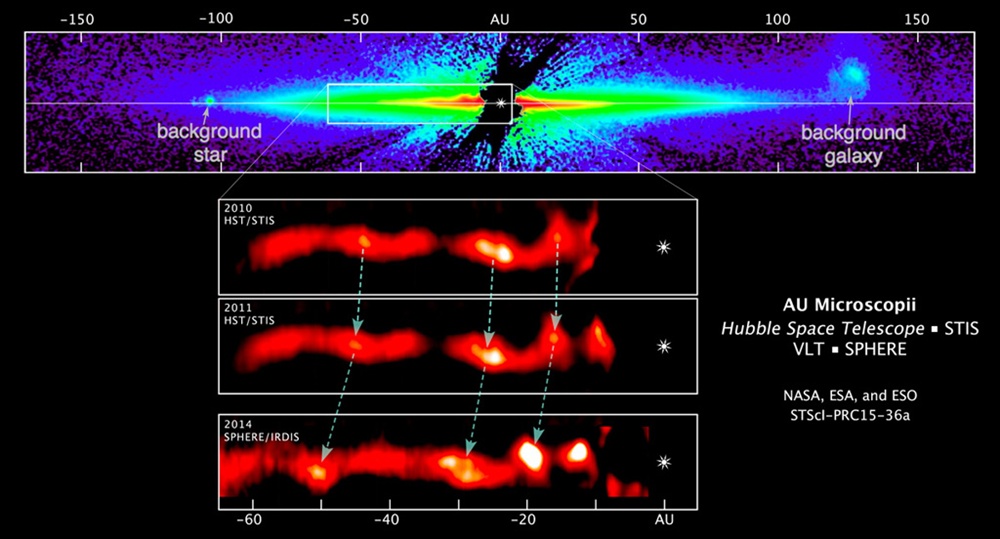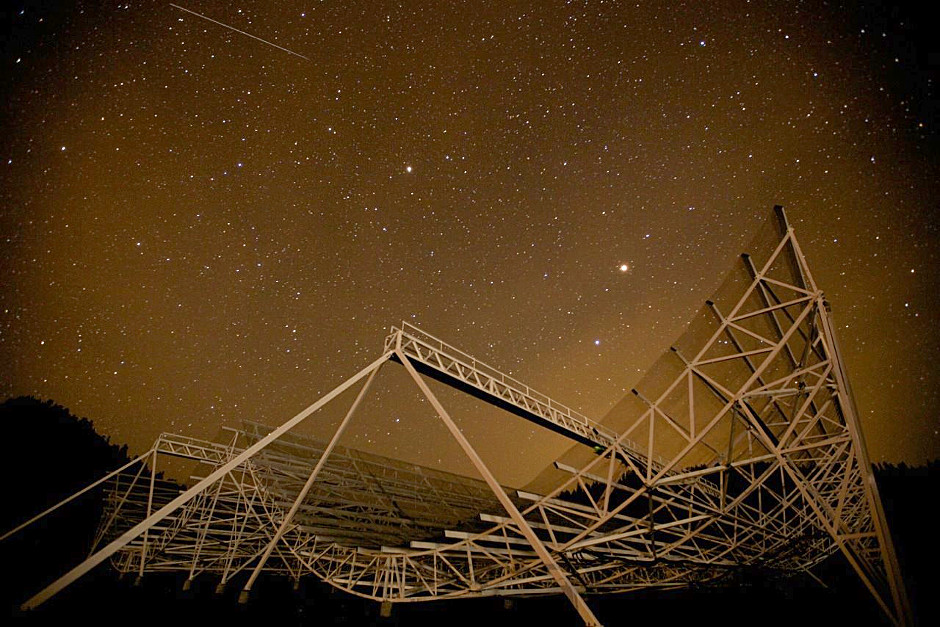
© Watts Up With That
From the "possible measurement error" department.
Larry O'Hanlon (via
AGU blogs) writes:
Something strange has happened to the atmospheric concentration of a newly discovered, human-made, ozone-destroying gas: it has suddenly dropped and nobody knows why.The gas, HCFC-133a, is a type of hydrochlorofluorocarbon, ozone-destroying compounds used in some industrial processes, including the manufacturing of refrigerants. The use of HCFCs, which are also powerful greenhouse gases, is restricted under the Montreal Protocol. A study last year first identified HCFC-133a as one of four previously undetected human-made gases in the atmosphere that are contributing to destruction of the ozone layer, but the source of HCFC-133a remains a mystery.
"This is enormous, how quickly the trend reversed," said Martin Vollmer of the Swiss Federal Laboratories for Materials Science and Technology in Dubendorf, Switzerland. But instead of deepening the mystery of HCFC-133a's sources, the abrupt change offers new clues, Vollmer said.
New measurements show that after a rapid increase of the compound in the atmosphere of the Northern Hemisphere from 0.13 parts per trillion (ppt) in 2000 to 0.50 ppt in 2013, the concentration suddenly dropped to about 0.44 ppt by early 2015. This drop in concentration is equivalent to a 50 percent decline in global emissions percent of the gas: from 3,000 metric tons (3,300 US tons) in 2011 to about 1,500 metric tons (1,700 tons) in 2014, according to the new study.


Comment: See also: Sign of the Times? Undulatus asperatus clouds